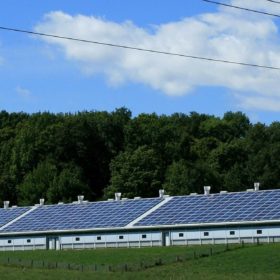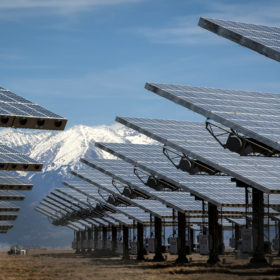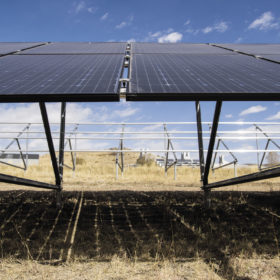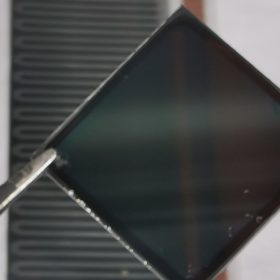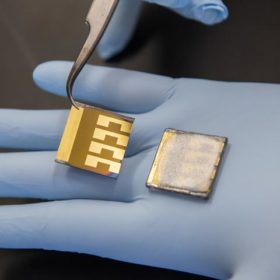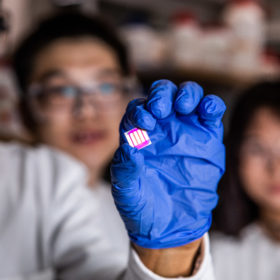A big grid solution to harness small solar arrays
Scientists at the U.S. National Renewable Energy Laboratory are developing a communication system to coordinate and control the volumes of solar power injected into grids by small scale solar arrays.
Focus on the negatives: A new path to highly efficient tandem cells
Scientists in the U.S. and South Korea have identified what could be a new route to high-efficiency perovskite-silicon tandem solar cells. Through engineering negatively charged particles in the passivation layer, the group made a tandem cell with 26.7% efficiency. With further tweaks to the silicon layer they expect to be able to surpass 30%.
Study of 100,000 arrays finds proactive O&M preferable
The US National Renewable Energy Laboratory examined five-year data to observe the most common system failure points and how to prevent them. Researchers considered residential, commercial and utility scale plants and found interesting results. While failures cannot be avoided completely, a key takeaway was that close monitoring and timely repair can effectively mitigate the financial effects of failures.
Building on bifacial momentum
Getting the most out of a bifacial module requires a rethink at almost every level of system design and the industry is hungry for field data generated by such systems to better inform energy yield modeling and define the best approaches to maximizing yield at minimal cost. In May, the U.S. National Renewable Energy Laboratory began a three-year study into bifacial performance which is beginning to yield results.
A new solution for perovskite stability
By tweaking the chemical composition of the material to create a ‘triple’ perovskite, scientists at the U.S. National Renewable Energy Laboratory say they have overcome one of the technology’s inherent stability issues and fabricated a perovskite cell which achieved 27% efficiency in a tandem format with a silicon device.
International consortium claims 25% efficiency for perovskite CIGS solar cell
Researchers led by Belgian institute imec claim to have achieved the result with a 1cm² perovskite tandem solar cell. The result tops the 24.6% efficiency the consortium announced in September 2018. The cell’s developers are now aiming for 30%.
Preventing lead leakage in perovskite cells
A U.S. research group has used a lead-absorbing material to coat the front and rear of a perovskite solar cell stack. The researchers claim the films captured 96% of lead leakage when the cells were damaged.
A quantum dot solar cell with 16.6% efficiency
Scientists at Australia’s University of Queensland have set a new world efficiency record for a quantum dot solar cell. The group fabricated a 0.1cm² device from a perovskite material and measured power conversion efficiency at 16.6%. The record has been verified by the United States National Renewable Energy Laboratory.
Discussing bifacial project economics
Bifacial solar module technology will find beneficial application in a significant number of solar energy power plants, according to a technical assessment conducted by ArcVera Renewables. While advertised 25% or greater gains in energy yield are unlikely for most projects, typical project energy production gains are 3-10%. Analysis finds that many projects under the scrutiny of informed technical due diligence, proper measurement and site design, will reap meaningful net present value. Although financing institutions have recently not awarded significant debt financing value to bifacial projects, full credit for bifacial benefits are expected to accrue rapidly, as experience and market penetration increases.
Innovative PV modules at Intersolar San Diego
In sunny San Diego for Intersolar 2020, we’re seeing a new idea for tracking rooftop solar modules, diodes moving to cell level, two types of building-integrated solar products and some solar hot water.
